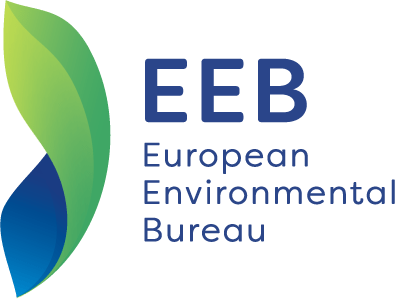10th anniversary of EU recycling rules marked by green groups
On 13 February 2007, Members of the European Parliament voted in pioneering waste rules that have led to higher recycling rates across Europe. [1] They must now keep momentum and vote for more ambitious recycling targets as well as binding measures to reduce waste generation.
Thanks to the 2007 legislation, recycling rates have steadily grown across the EU:
- In 2015, 46% of municipal waste generated in the EU was recycled, as opposed to 36% in 2007. [2]
- The highest increases between 2007 and 2015 came from Slovenia, Lithuania, Latvia Poland and Italy (20–32%). [3]
- Landfilling rates in the European Union fell from 49% in 2004 to 26% in 2015. [4]
The improvements show that binding recycling targets have a big impact on waste management. However, waste prevention by repair and reuse is also necessary to close the loop of our economy.
Piotr Barczak, Waste Policy Officer at the European Environmental Bureau (EEB), said:
“Waste rules have been vital to reducing toxic landfilling and improving recycling, saving consumers and businesses billions of euros. But, after ten years, it is now time to step up the game and do something about waste prevention, rather than just management.”
In mid-March, the European Parliament will have a chance to renew its ambition, and vote for long-needed binding targets on waste prevention and higher recycling targets.
NGOs have called for mandatory measures to improve separate collection for all waste streams, including bio-waste, a 70% recycling target for 2030 as well as stronger rules on producer responsibility aimed at driving eco-design.
Notes to Editors:
[1] On 13 February 2007, the European Parliament approved the Waste Framework Directive, introducing a 50% legally binding target for the recycling of waste and compulsory separate collection for paper, metal, glass and plastic.
http://foeeurope.org/press/2007/Feb13_MW_postvoteWFD.htm
- The European Parliament’s Environment Committee approved the legislative amendments proposed by MEP Simona Bonafe on 24 January 2017.
- The European Parliament will vote in Plenary between 13th an d 16th March 2017 (date to be confirmed).
- Member States will decide whether to approve the amendments later in 2017
[2], [4] Eurostat 2016. http://ec.europa.eu/eurostat/statistics-explained/index.php/Waste_statistics
[3] Eurostat 2017. http://appsso.eurostat.ec.europa.eu/nui/show.do?dataset=env_wasmun&lang=en
For more information:
Mauro Anastasio, Communications Officer, European Environmental Bureau

